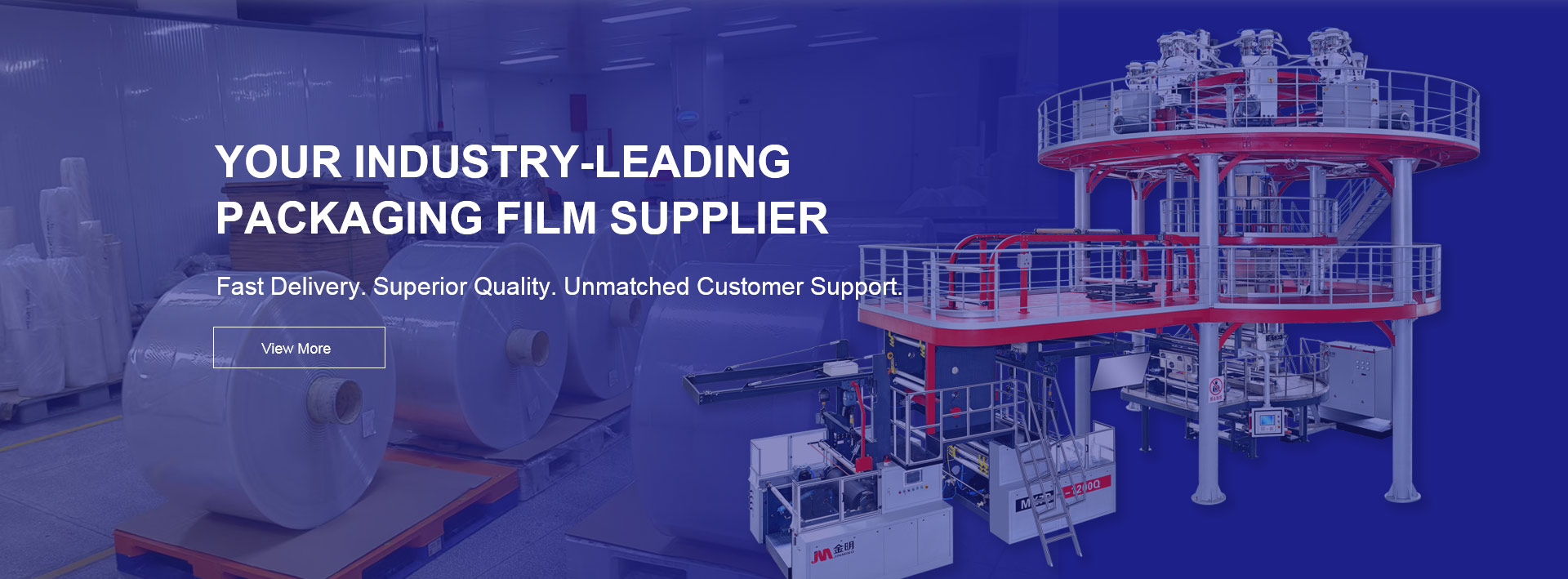
Shrink vacuum film and non-shrink film are two common packaging materials used across food processing, industrial sealing, electronics, and daily consumer goods. Although both are designed to protect products from moisture, dust, and external contamination, their behavior during the packaging process is very different. This article explains how each material works, how they differ in performance, and which type is more suitable for specific applications. For businesses seeking high-quality packaging solutions, manufacturers such as JINBORUN provide reliable film options that support stable, safe, and efficient production.
Shrink vacuum film is designed to contract tightly around the product when heat is applied. After the product is placed inside the film and the air is removed, heat exposure activates the shrink properties. This results in a form-fitting, smooth, and secure package. The shrinking action strengthens the barrier performance, reduces the chance of oxidation, and improves shelf appearance. It is widely used for fresh meats, cheese blocks, seafood, and irregular-shaped items requiring an airtight wrap. Because the film conforms to every contour, it offers improved freshness retention and higher impact resistance compared with standard films.
Non-shrink film does not contract when heat is applied. It maintains its original shape and dimensions throughout the packaging process. This type of film is commonly used where consistent geometry is required, or where shrinking could damage the product or distort graphics. Non-shrink film is stable under thermal exposure and provides a flexible, lightweight cover that protects items from moisture and dust. It is often used for dry foods, stationery, industrial components, cartons, and bulk packaging systems that rely on mechanical sealing instead of heat-shrinking.
Although both materials belong to flexible packaging, their functional behavior sets them apart. The table below summarizes the main differences:
| Feature | Shrink Vacuum Film | Non-shrink Film |
|---|---|---|
| Heat Response | Contracts tightly when heated | Does not change size when heated |
| Packaging Fit | Forms to product shape | Remains loose unless manually tensioned |
| Barrier Performance | Strong airtight seal | Standard moisture and dust protection |
| Application Method | Requires heat tunnel or heat gun | Requires sealing only, no shrinking |
| Typical Use | Fresh food, irregular goods | Dry goods, retail packs, bulk wrapping |
These differences affect how manufacturers choose packaging based on product fragility, shelf appearance expectations, transportation conditions, and production line equipment.
Shrink vacuum film offers a close-fitting wrap that significantly improves product integrity. Its ability to eliminate air pockets reduces oxidation and moisture loss, which is critical for fresh food storage. By conforming tightly, the film enhances puncture resistance and provides strong support during transport. It also improves the visual appeal of packaged goods by producing a glossy, uniform surface. In high-end markets where presentation is important, this type of film is preferred because it reduces wrinkles and excess material around the product.
Non-shrink film excels in situations where dimensional stability is required. Since it remains unchanged during heating, it is ideal for items with printed labels, delicate surfaces, or contents that might deform under pressure. It is typically more economical and works well in high-speed packaging lines where consistent sealing is the priority. The film can be cut, folded, and sealed without requiring additional thermal processing, making it suitable for lightweight or low-margin goods. Its versatility supports both manual packing and automated production environments.
Selecting between shrink vacuum film and non-shrink film depends on the product type, shelf life requirements, and packaging equipment. Shrink vacuum film is the better choice for perishable items or products needing an airtight environment. Non-shrink film is suitable for products where shape stability and cost efficiency take priority. Businesses looking to improve packaging efficiency can explore high-performance film solutions from JINBORUN, a professional supplier offering a range of vacuum and non-vacuum materials that support reliable sealing and long-term protection.
Shrink vacuum film shrinks tightly around the product during heating, offering superior protection and a clean appearance. Non-shrink film remains unchanged in size, providing flexible coverage for goods that do not require airtight sealing. Understanding the differences between these two films helps manufacturers, retailers, and food processors choose the right packaging for performance, cost, and product safety. As packaging standards continue to rise, using high-quality options from suppliers like JINBORUN ensures consistency and durability across various industries.